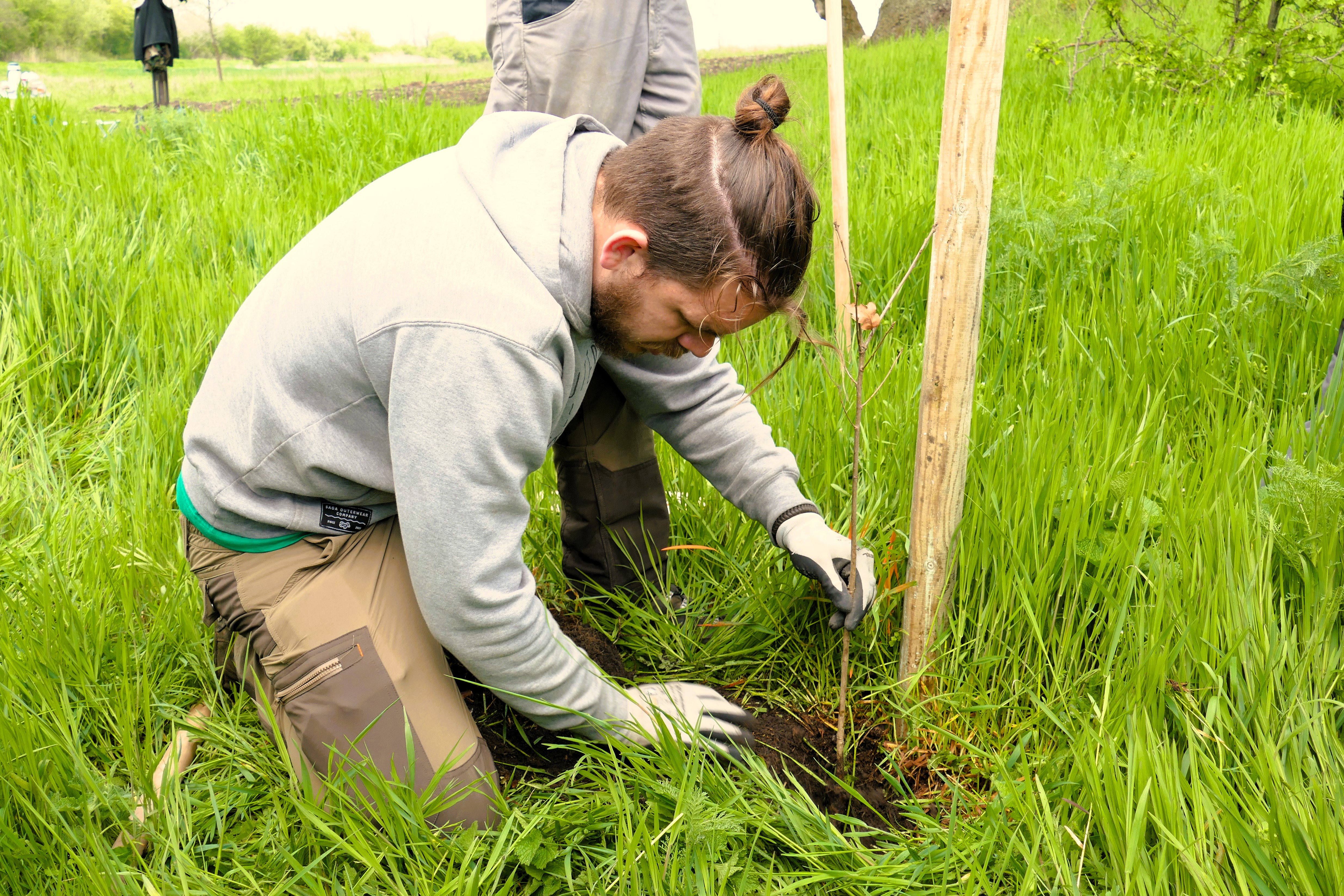Introduction: In an era of escalating environmental concerns, reforestation has emerged as a powerful solution to combat deforestation and restore our planet’s dwindling forests. Reforestation, the process of planting trees in deforested or degraded areas, holds immense promise for mitigating climate change, preserving biodiversity, and promoting sustainable development. This article delves into various types of reforestation techniques and their respective benefits, showcasing the vital role they play in rejuvenating ecosystems and fostering a greener future.
Afforestation: Afforestation refers to the establishment of forests in areas that have not been previously forested. This technique involves planting trees in barren lands, such as deserts or degraded landscapes, where forest cover has been entirely absent. Afforestation offers numerous benefits, including the creation of new habitats, soil conservation, and carbon sequestration. By planting trees in arid regions, afforestation helps combat desertification, prevents soil erosion, and enhances water availability, leading to the restoration of entire ecosystems.
Reforestation: Reforestation involves replanting trees in areas that have experienced significant deforestation or forest degradation. This technique focuses on restoring forest cover and reviving ecosystems that have been disturbed by human activities, such as logging, agriculture, or wildfires. Reforestation contributes to the recovery of biodiversity by providing habitat for countless plant and animal species. It also plays a vital role in mitigating climate change, as trees absorb carbon dioxide through photosynthesis, helping to reduce greenhouse gas emissions.
Agroforestry: Agroforestry integrates trees into agricultural landscapes, combining the cultivation of crops or livestock with the growth of trees. This practice offers a myriad of benefits, including improved soil fertility, enhanced biodiversity, and increased resilience to climate change. By planting trees alongside crops, agroforestry systems provide shade, windbreaks, and nutrient recycling, which contribute to increased crop yields and reduced water usage. Agroforestry also offers farmers alternative income streams through the sustainable harvesting of timber, fruits, nuts, or medicinal plants.
Urban Reforestation: As urban areas continue to expand, the need for green spaces becomes paramount. Urban reforestation involves planting trees in cities and towns to counteract the adverse environmental impacts of urbanization. Urban trees provide shade, reduce urban heat island effects, improve air quality by absorbing pollutants, and enhance the overall aesthetics of the built environment. Furthermore, urban forests offer recreational opportunities and promote mental well-being, acting as havens of tranquility amidst bustling cityscapes.
Ecological Restoration: Ecological restoration encompasses a holistic approach to reestablishing the structure and function of degraded ecosystems. It involves not only tree planting but also the restoration of native vegetation, wetlands, and wildlife habitats. Ecological restoration projects aim to repair ecosystems affected by mining, logging, or industrial activities, as well as restore damaged riverbanks, coastal areas, and forests ravaged by natural disasters. By rebuilding self-sustaining ecosystems, this technique enhances biodiversity, stabilizes landscapes, and provides ecological services crucial for human well-being.
Conclusion: Reforestation, in its various forms, holds immense potential to address the ecological, social, and economic challenges posed by deforestation and habitat destruction. Whether it’s afforestation, reforestation, agroforestry, urban reforestation, or ecological restoration, each method contributes uniquely to conserving biodiversity, mitigating climate change, and fostering sustainable development. By supporting and investing in these reforestation techniques, we can forge a greener path forward, where thriving forests and resilient ecosystems coexist harmoniously with human societies, ensuring a brighter future for generations to come.


